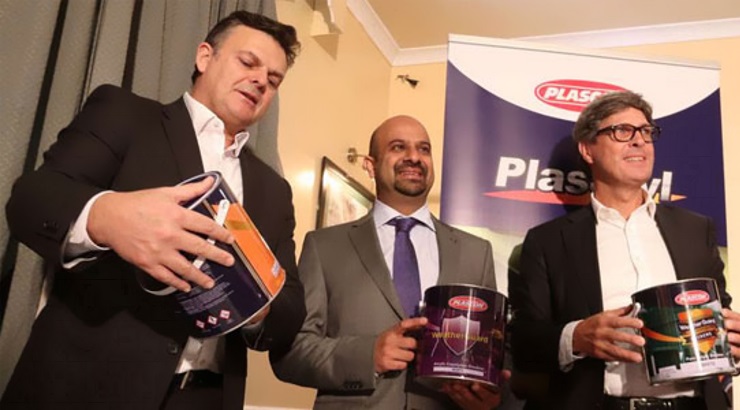Company News
Japanese Paint Firm Eyes Big Money in Kenya Real Estate
Kansai Plascon will now be running Sadolin operations in East Africa.

Kansai Paint Company has acquired a 90 per cent stake in Kenyan paint manufacturer Sadolin Group in a deal valued at Sh10 billion.
The Japanese paint and coating maker says that its subsidiary, Kansai Plascon Africa Limited, will now be running Sadolin operations in Kenya, Uganda, Tanzania and Rwanda.
“We have retained the current management, the leadership in business for two years. We will work closely with the local leadership and after the two years, we’ll then decide whether to acquire the balance or the local shareholder will retain the 10 per cent in the Sadolin business,” said Gary Van Der Merwe, president-Kansai Plascon East Africa Ltd.
The East African branches of Sadolin pay royalties to Sadolin Group, which is owned by Akzo Nobel – a Dutch multinational, to use the brand name.
The franchise expires in February and it is expected that the businesses will adopt the Kansai Plasco brand name.
According to Kansai Paints’ 2016 financial report, Sadolin recorded sales of Sh8.8 billion in 2015, with an operating profit of Sh1.4 billion. Kansai is hoping to tap into Sadolin’s market to expand its global footprint.
“East Africa is one of the fastest growing regions on the continent, with a rapidly emerging middle class, increased spending power and growing urbanisation.
RELATED: Italian Paint Giant San Marco Eyes East Africa for Growth
“This is, therefore, a good time to launch into a market that needs our wide range of products to enhance their lifestyles,” said Gary van der Merwe, president of Kansai Plascon East Africa.
Over the past decade, Kenya’s construction boom has driven rapid growth in the local paints industry. Analysts at Frost & Sullivan note that the surge in commercial and residential projects across the country has heightened demand for top-tier paints.
But there is a major problem. The rapid growth of the sector has led to an increase in hazardous paints, with nearly three-quarters of decorates available locally containing high amounts of lead.
The Centre for Environment Justice & Development (CEJAD) says 71 per cent or 15 out of 21 paint brands sold in the country have lead concentrations of above 10,000 parts per million (ppm) – above 90ppm, the legal limit.
RELATED: 71% of Kenya Paints Found with Dangerous Levels of Lead
Executive director Griffins Ochieng said tests conducted in a top US laboratory found that yellow paint in the market had the highest levels of lead.
“Highest lead concentration of 160,000ppm was detected in a yellow paint produced by Molar Enamel Paint for home use, and advertised as “lead-free”.
These are levels as high as 16 per cent of the paint,” Mr Ochieng said.














